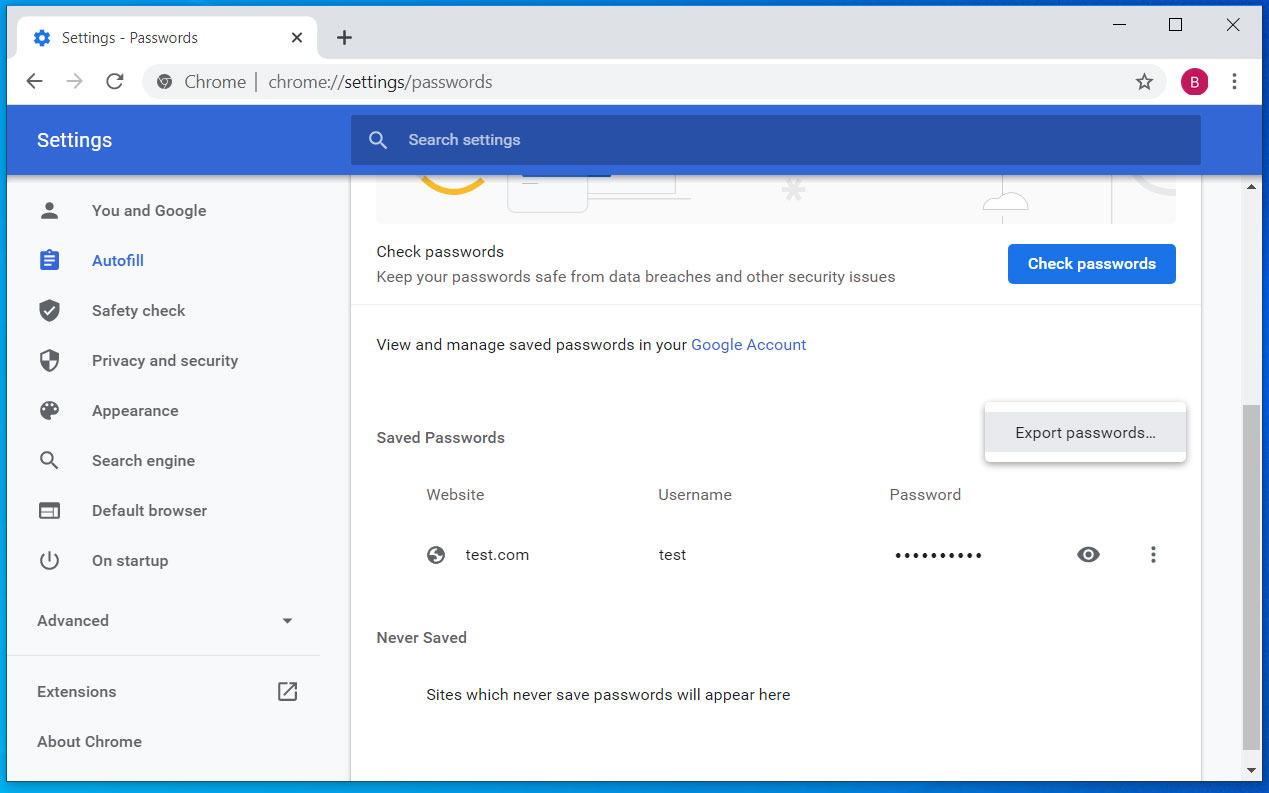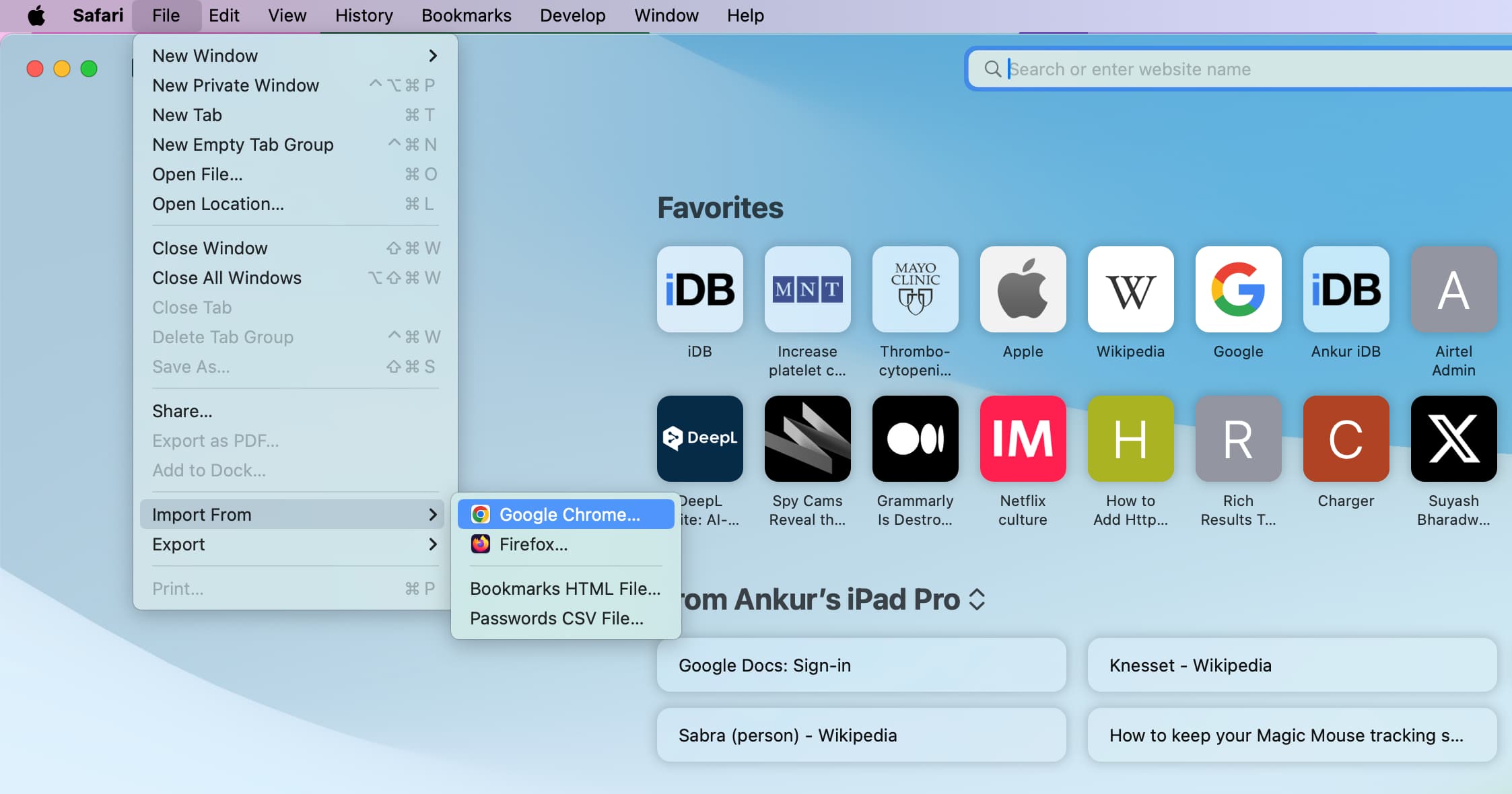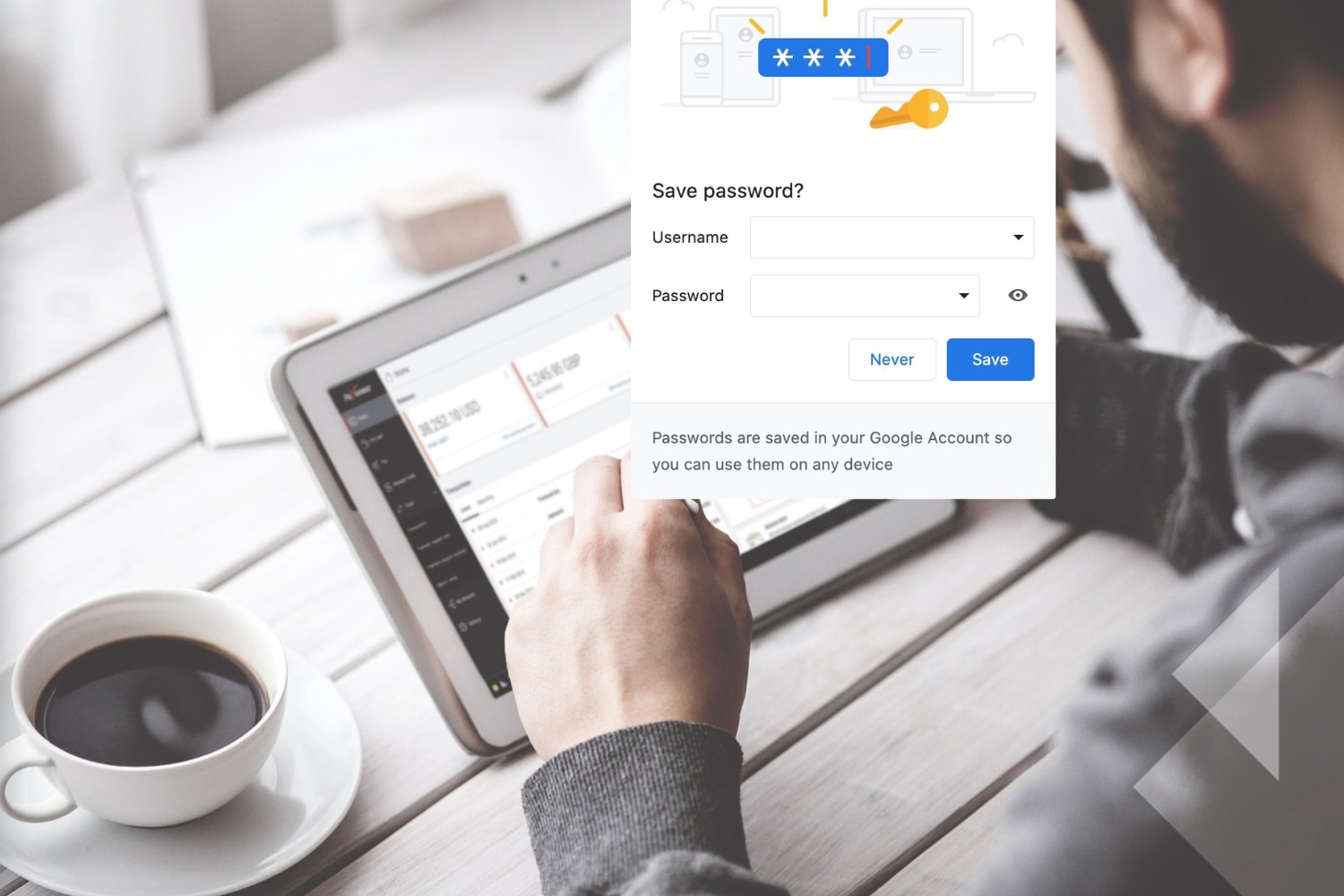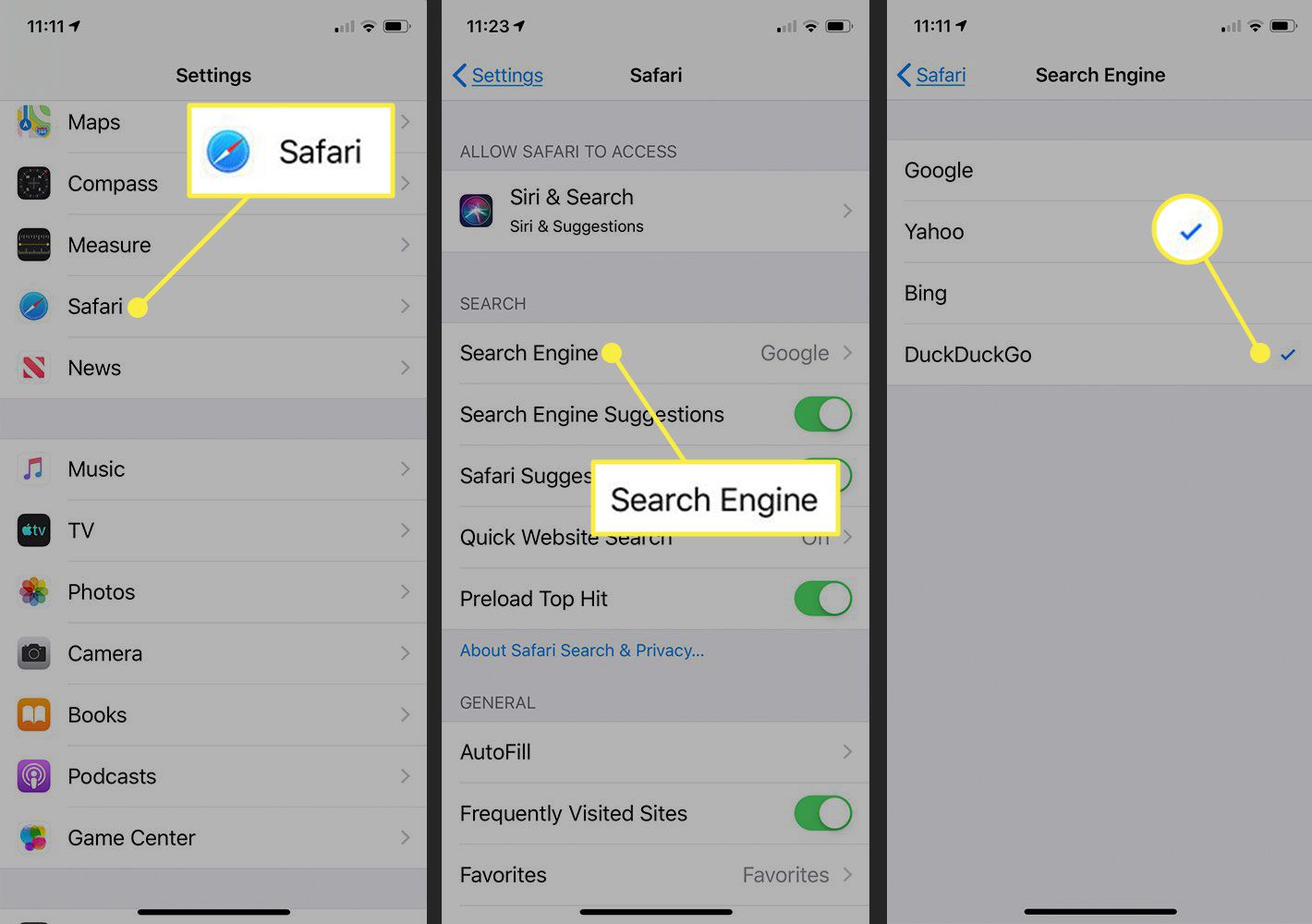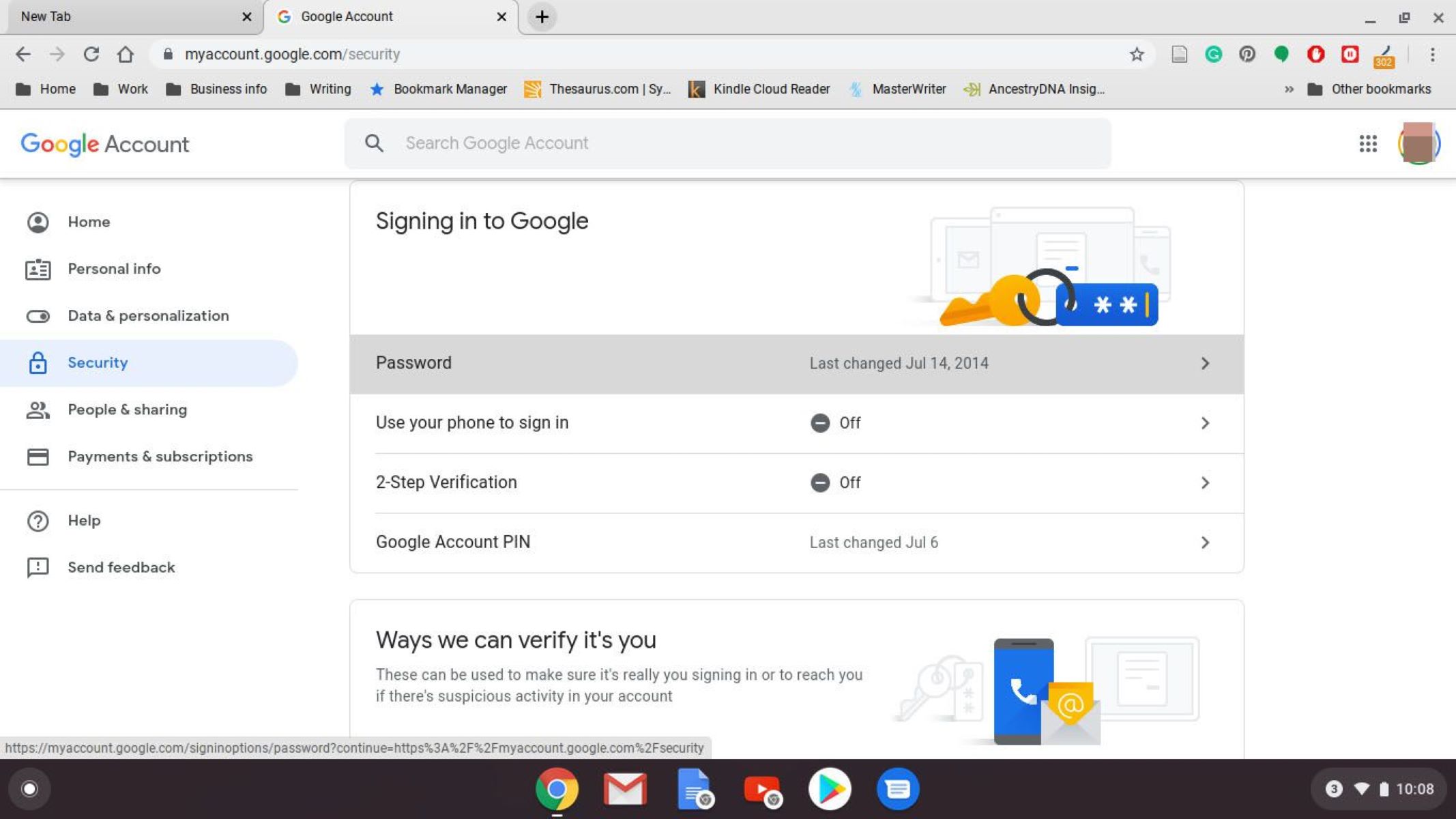Introduction
Importing passwords into Chrome can be a convenient way to streamline your online security. Whether you're switching from another browser or consolidating your login credentials, Chrome offers a seamless process for importing passwords. By following a few simple steps, you can bring all your saved passwords into Chrome, ensuring easy access and enhanced security across your browsing activities.
In this guide, we'll walk you through the process of importing passwords into Chrome, starting with exporting passwords from another browser. We'll then delve into the steps for importing these passwords into Chrome and managing them effectively. By the end of this tutorial, you'll have a comprehensive understanding of how to effortlessly transfer your passwords to Chrome, optimizing your browsing experience and safeguarding your valuable online accounts.
So, let's embark on this journey to streamline your password management in Chrome. Whether you're a seasoned Chrome user or just getting started, this guide will equip you with the knowledge and skills to efficiently import and manage your passwords, enhancing both convenience and security in your online endeavors.
Step 1: Exporting Passwords from Another Browser
When transitioning to Chrome, the first step is to export your passwords from the browser you are currently using. This process may vary depending on the browser, but the fundamental concept remains consistent. Here's a detailed guide on how to export passwords from popular browsers:
Exporting from Firefox:
- Open Firefox and click on the three horizontal lines in the top-right corner to access the menu.
- Select "Logins and Passwords" from the options. This will open the Firefox Lockwise password manager.
- In the "Logins and Passwords" section, click on the three horizontal lines again and choose "Export Logins."
- Firefox will prompt you to confirm the export. Once confirmed, your logins will be saved to a CSV file on your device.
Exporting from Safari:
- Launch Safari and navigate to the "Safari" menu in the top-left corner of the screen.
- Choose "Preferences" and select the "Passwords" tab.
- Authenticate using your system password or Touch ID.
- Once authenticated, you can select "Export Passwords" to save your login credentials in a CSV file.
Exporting from Microsoft Edge:
- Open Microsoft Edge and click on the three horizontal dots to access the menu.
- Navigate to "Settings" and select "Profiles" from the sidebar.
- Under the "Autofill" section, choose "Passwords."
- Click on the three horizontal dots next to "Saved passwords" and select "Export passwords." You will be prompted to authenticate using your system password.
After exporting your passwords from the current browser, you will have a CSV file containing your login credentials. This file will serve as the bridge for importing your passwords into Chrome, streamlining the transition process and ensuring that none of your valuable credentials are left behind.
Step 2: Importing Passwords into Chrome
Now that you have successfully exported your passwords from your previous browser, it's time to import them into Chrome. This seamless process ensures that all your valuable login credentials are readily accessible within Chrome's secure environment. Follow these steps to effortlessly import your passwords:
-
Access Chrome's Settings:
Open Chrome and click on the three-dot menu icon in the top-right corner of the window. From the dropdown menu, select "Settings" to access Chrome's configuration options. -
Navigate to Passwords:
Within the Settings menu, scroll down and click on "Passwords" under the "Autofill" section. This will direct you to the password management interface within Chrome. -
Import Passwords:
In the Passwords section, locate and click on the three-dot menu icon. From the dropdown menu, choose "Import" to initiate the import process. -
Select the CSV File:
A file explorer window will appear, prompting you to select the CSV file containing your exported passwords. Navigate to the location where the CSV file is saved, select it, and click "Open" to proceed. -
Confirm Import:
After selecting the CSV file, Chrome will prompt you to confirm the import action. Verify that the correct file is selected, and click "Import" to initiate the transfer of passwords into Chrome. -
Review Imported Passwords:
Once the import process is complete, Chrome will display a confirmation message. You can then navigate back to the main Passwords interface to review the imported credentials. All your passwords from the CSV file will now be securely stored within Chrome's password manager.
By following these straightforward steps, you can seamlessly import your passwords into Chrome, ensuring that your login credentials are easily accessible and well-organized within the browser's secure environment. This streamlined process eliminates the need to manually re-enter each password, saving time and effort while maintaining the security of your online accounts.
With your passwords successfully imported into Chrome, you are now equipped to enjoy a seamless browsing experience, with quick and secure access to all your online accounts. This efficient transition process sets the stage for enhanced convenience and security as you navigate the digital landscape with Chrome's robust password management capabilities.
Step 3: Managing Imported Passwords
After successfully importing your passwords into Chrome, it's essential to understand how to effectively manage and utilize these credentials within the browser's password management interface. Chrome offers robust features for organizing, editing, and securing your imported passwords, empowering you to maintain a streamlined and secure online experience. Here's a detailed exploration of managing imported passwords in Chrome:
Organizing Passwords:
Upon importing your passwords, Chrome's password manager provides a user-friendly interface for organizing and accessing your credentials. You can easily navigate through the list of imported passwords, categorize them by website or service, and utilize the search functionality to quickly locate specific credentials. This organizational capability ensures that your imported passwords are neatly arranged and readily available whenever you need them.
Editing and Updating Credentials:
Chrome allows you to edit and update your imported passwords, enabling you to modify login credentials for various websites or services. If you need to change a password or update other account details, you can do so directly within Chrome's password manager. This flexibility ensures that your imported passwords remain accurate and up to date, reflecting any changes in your online accounts.
Security and Auto-Fill Settings:
Chrome's password manager includes robust security features and auto-fill settings to enhance the protection and convenience of your imported passwords. You can review the security status of each password, identify any potential risks, and take proactive measures to strengthen your online security. Additionally, Chrome's auto-fill settings allow you to customize how passwords are filled in on websites, providing a personalized and secure browsing experience.
Syncing Across Devices:
One of Chrome's standout features is its seamless synchronization across devices. Once you've imported passwords into Chrome on one device, they can be automatically synced to your other devices where you are signed in with the same Google account. This synchronization ensures that your imported passwords are accessible across your various devices, offering consistent convenience and security in your online interactions.
Utilizing Password Generator:
Chrome's password manager includes a built-in password generator, allowing you to create strong and unique passwords for new accounts or to enhance the security of existing ones. By utilizing the password generator, you can ensure that your imported passwords, as well as any new credentials, meet the highest security standards, mitigating the risk of unauthorized access to your accounts.
By effectively managing your imported passwords within Chrome's comprehensive password management interface, you can optimize the security and convenience of your online activities. Whether it's organizing, editing, or leveraging advanced security features, Chrome empowers you to maintain a robust and user-centric approach to password management, ensuring a seamless and secure browsing experience.
Conclusion
In conclusion, the process of importing passwords into Chrome offers a seamless transition that enhances both convenience and security in your online interactions. By following the steps outlined in this guide, you can effortlessly transfer your passwords from another browser to Chrome, ensuring that all your valuable login credentials are readily accessible within Chrome's secure environment.
The initial step of exporting passwords from your current browser sets the stage for a smooth transition, allowing you to consolidate your login credentials into a single, secure location. Whether you're migrating from Firefox, Safari, Microsoft Edge, or another browser, the export process ensures that none of your valuable passwords are left behind, streamlining the subsequent import into Chrome.
Importing passwords into Chrome is a straightforward process that empowers you to seamlessly transfer your credentials. By accessing Chrome's settings, navigating to the password management interface, and initiating the import action, you can efficiently bring all your passwords into Chrome, eliminating the need for manual entry and ensuring that your online accounts are easily accessible.
Once your passwords are imported into Chrome, effective management becomes paramount. Chrome's robust password management interface allows you to organize, edit, and secure your imported passwords, empowering you to maintain a streamlined and secure online experience. From organizing credentials to leveraging advanced security features and synchronization across devices, Chrome equips you with the tools to optimize your password management.
With your passwords successfully imported and managed within Chrome, you are poised to enjoy a seamless browsing experience, with quick and secure access to all your online accounts. The streamlined transition process not only saves time and effort but also enhances the security of your valuable online accounts, setting the stage for a user-centric and secure approach to password management.
In essence, the process of importing passwords into Chrome represents a pivotal step in optimizing your online security and convenience. By seamlessly transferring and managing your passwords within Chrome's secure environment, you can navigate the digital landscape with confidence, knowing that your valuable credentials are well-organized and protected, ultimately enhancing your overall browsing experience.







